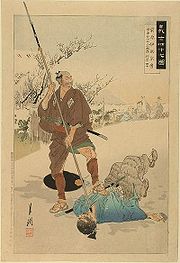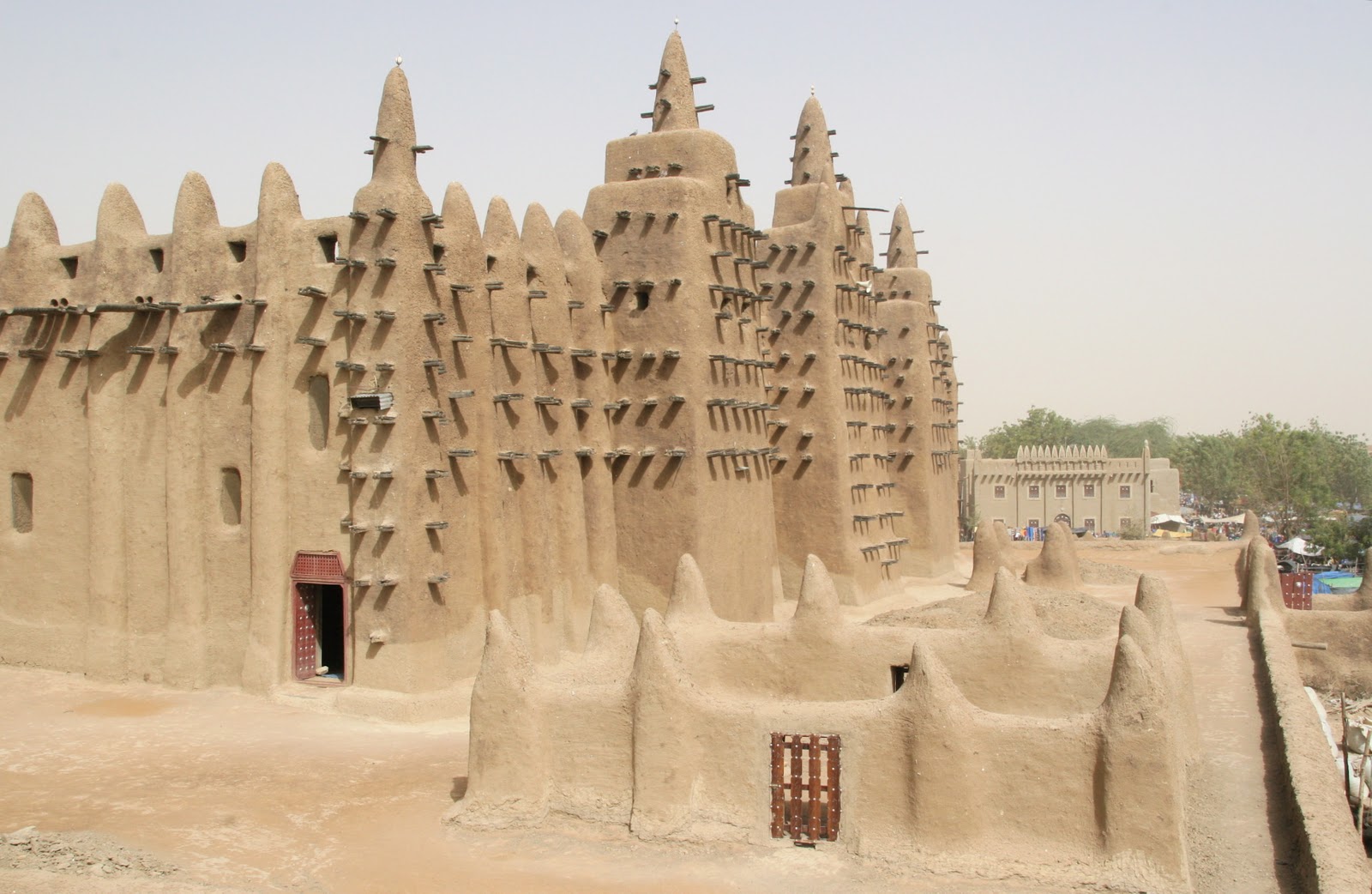3.2 Governments of Land-Based Empires
Governments of Land-Based Empires: An In-Depth Exploration
Land-based empires during the period 1450-1750 represented some of the most powerful and complex political systems in world history. They were marked by their ability to govern vast territories and diverse populations. These empires often relied on sophisticated governance structures, a mix of bureaucracy, military elites, and cultural or religious strategies to legitimize their rule. This blog post delves into the intricate workings of governments of land-based empires, exploring their administrative systems, taxation, military strategies, and more. With over 4,000 words, this guide provides a comprehensive understanding of how these empires managed their domains.
What Defines the Governments of Land-Based Empires?
The governments of land-based empires were structured to manage extensive territories, diverse populations, and complex economies. While their methods varied, common themes emerged, including centralized authority, reliance on bureaucracy, and integration of military elites into governance.
Key Characteristics:
Centralized Authority: A single ruler or ruling body often wielded ultimate power.
Bureaucracy: Empires like the Ottoman and Mughal relied heavily on bureaucratic systems for efficient administration.
Military Integration: Military elites often held significant influence in governance, with examples like the Janissaries in the Ottoman Empire.
Religious Legitimacy: Many rulers used religion to validate their authority, such as the Divine Right of Kings in Europe or the Mandate of Heaven in China.
Economic Systems: Empires implemented sophisticated taxation systems to fund governance and military campaigns.
Bureaucratic and Military Elites in Governance
Bureaucratic elites were the backbone of administration, while military elites ensured territorial integrity and facilitated expansion.
Examples:
Ottoman Empire: The devshirme system recruited Christian boys, educating them to serve as either government officials or Janissaries, creating a loyal and skilled administrative class.
Tokugawa Shogunate: Samurai warriors transitioned into administrative roles during peacetime, ensuring stability while maintaining their privileged status.
Mughal Empire: The zamindars, often local Hindu princes, were tasked with collecting taxes, integrating them into the empire’s governance.
While these systems provided stability, they were not without flaws. Over time, hereditary privileges, corruption, and inefficiency often undermined these institutions.

Symbolism in Architecture and Art
Governments of land-based empires often used grand architectural projects to symbolize their power and authority. These structures reinforced the ruler’s connection to religion, military prowess, or cultural identity.
Notable Examples:
Taj Mahal (Mughal Empire): This iconic mausoleum reflected Mughal rulers’ piety and artistic sophistication.
Versailles (France): Built by Louis XIV, it showcased both the splendor of the monarchy and the military might of France.
Sun Temple in Cuzco (Inca Empire): Demonstrated the ruler’s connection to the sun god Inti, reinforcing their divine authority.
Djenne Mosque (Songhai Empire): Symbolized the Islamic identity of the empire and its rulers.
Religion as a Tool for Governance
Religious legitimacy was a powerful tool for land-based empires. Rulers often aligned themselves with dominant religions or promoted syncretic practices to unify diverse populations.
Examples:
Divine Right of Kings: European monarchs claimed authority from God to legitimize their rule.

Mandate of Heaven: Chinese emperors used this concept to maintain their legitimacy, asserting they ruled with divine approval.
Aztec Human Sacrifice: The Aztec priesthood reinforced the rulers’ authority through rituals that appeased their gods.
Islam in the Ottoman and Safavid Empires: The Ottomans promoted Sunni Islam, while the Safavids endorsed Shia Islam to consolidate their authority.
Taxation and Economic Administration
Effective taxation systems were crucial for funding large bureaucracies and military campaigns.
Tax Systems:
Jizya Tax (Mughal Empire): A tax on non-Muslims that was abolished under Akbar to promote religious tolerance.
Tax Farming (Ottoman Empire): Outsourcing tax collection to private individuals who paid the state upfront and retained profits from collections.
Silver Taxes (Ming China): Taxes were collected in silver, monetizing the economy and facilitating trade.
Tribute Systems (Aztec Empire): Conquered peoples paid tribute in goods or labor, supporting the empire’s economy.
FAQs About Governments of Land-Based Empires
1. What were the main features of land-based empires?
Land-based empires were characterized by centralized governance, bureaucratic administration, strong militaries, and integration of diverse populations under a unified political system.
2. How did the Ottomans maintain control over their vast empire?
The Ottomans relied on the devshirme system to recruit skilled administrators and Janissaries, implemented tax farming, and promoted Sunni Islam to unify their subjects.
3. Why was the Mughal Empire’s tax system significant?
The Mughals integrated local Hindu rulers as zamindars to collect taxes, promoting stability and cooperation between Muslims and Hindus.
4. How did the Tokugawa Shogunate manage samurai warriors?
The Tokugawa Shogunate transitioned samurai into administrative roles, maintaining their loyalty while reducing the risk of rebellion.
5. What role did religion play in governance?
Religion legitimized rulers’ authority, unified populations, and provided a moral framework for governance.
6. What were the weaknesses of tax farming?
While tax farming provided immediate revenue, it often led to exploitation, stifling economic growth and causing resentment among the populace.
7. How did land-based empires manage diversity?
Empires like the Ottomans and Mughals promoted religious tolerance and integrated local elites into governance structures to maintain stability.
8. What is the Divine Right of Kings?
A European concept asserting that monarchs ruled by God’s will, making their authority unquestionable.
9. How did the Songhai Empire promote Islam?
Songhai rulers brought in Islamic scholars and emphasized Islamic education while spreading the religion more forcefully than their predecessors.
10. Why was the Taj Mahal significant?
The Taj Mahal symbolized Mughal cultural sophistication and reinforced the ruler’s connection to Islamic traditions.
11. How did the Aztec Empire maintain power?
The Aztecs maintained power through military campaigns, tribute systems, and religious rituals, including human sacrifice.
12. What was the Mandate of Heaven?
A Chinese doctrine asserting that the emperor’s right to rule was granted by divine forces and could be revoked if the ruler failed to govern justly.
13. How did silver taxes affect Ming China?
Silver taxes monetized the economy, but over-reliance on silver led to inflation and economic instability when the supply fluctuated.
14. What was the role of Janissaries in the Ottoman Empire?
Janissaries were elite soldiers and administrators recruited through the devshirme system, crucial for military and bureaucratic functions.
15. How did the Inca use labor as a tax?
The Inca required subjects to provide labor for state projects, such as road building and agriculture, under the mit’a system.
16. Why did the Songhai Empire emphasize education?
Education was a tool for spreading Islam and creating an administrative elite aligned with the empire’s religious and political goals.
17. How did empires use art and architecture?
Monuments and art reinforced the ruler’s legitimacy, displayed wealth and power, and promoted cultural or religious ideals.
18. What challenges did military elites pose to governance?
Over time, military elites like the Janissaries became entrenched, resisting reforms and challenging central authority.
19. How did the French monarchy centralize power?
Louis XIV centralized power by requiring nobles to live at Versailles, reducing their regional influence.
20. What led to the decline of land-based empires?
Factors included administrative inefficiency, economic mismanagement, and challenges from emerging maritime powers.








